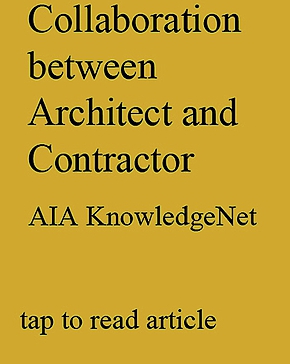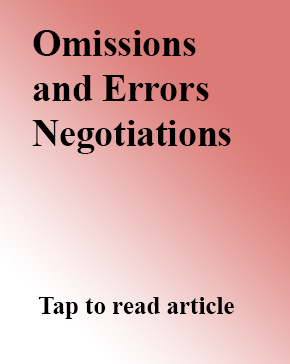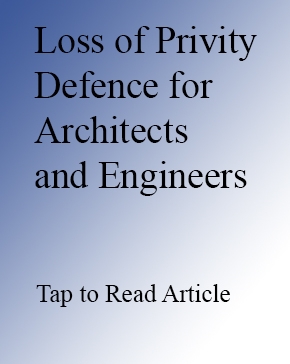Privity Defense and Economic Loss Rule By Paul Potts Interpretation in law identifies the meaning of words or actions, construction their legal effect. Until its decline over the last half-century the doctrine of privity, a common law principle inherited from British law, was impenetrable defense for architects and engineers against claims brought by third parties (those not signatory to the contract) even if personal injury or ancillary property damage was involved. Justice Benjamin Cordozo, sitting on the New York Court of Appeals in 1932, and later a Supreme Court justice, described the law this way: “The Law of Privity provides
Read More
December 15, 2018






